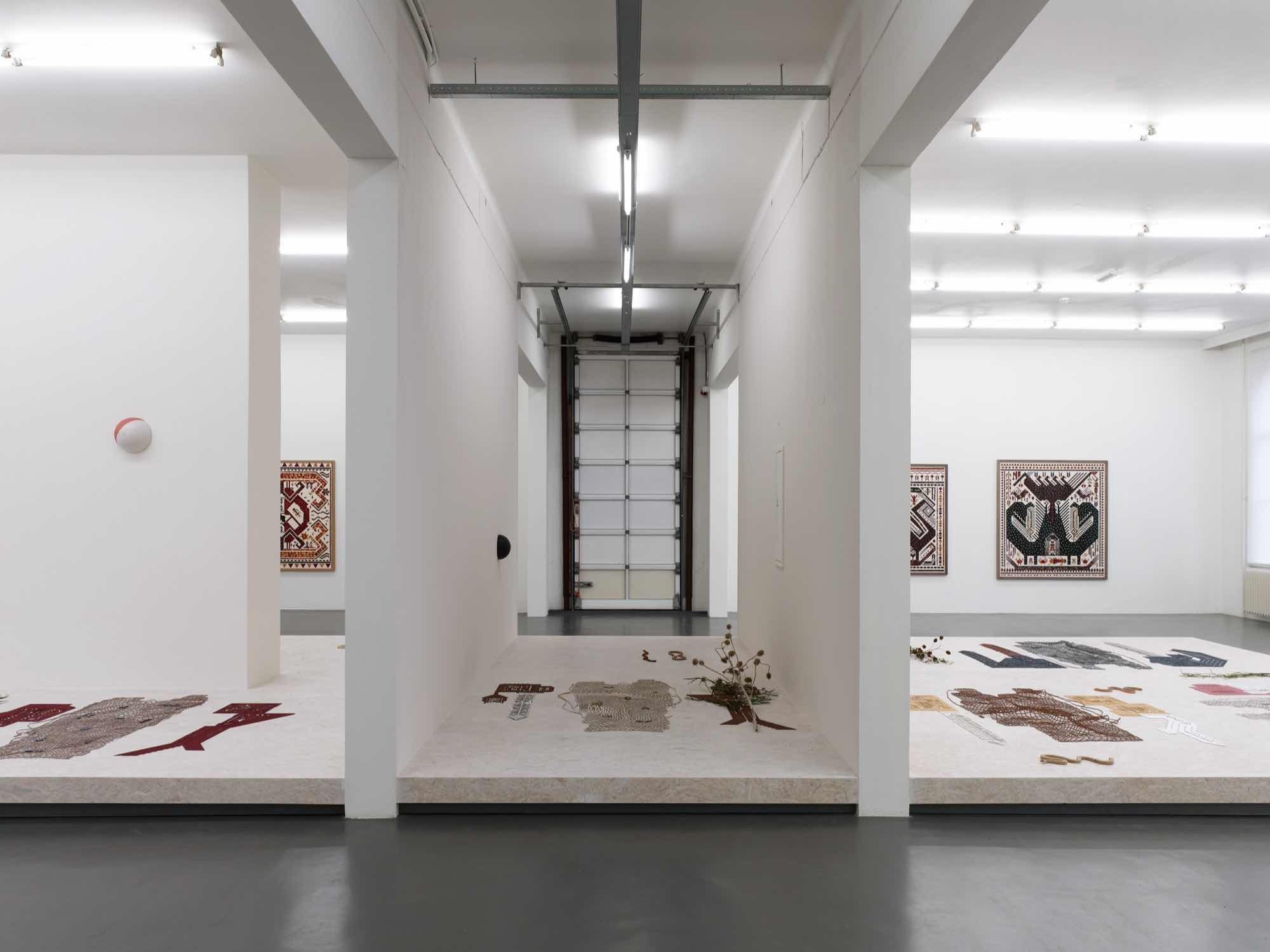Jennifer Tee
Still Shifting, Mother Field
20 Jan - 21 May 2023

Jennifer Tee, Still Shifting, Mother Field, performance conceived together with Miri Lee, dancers: Karlijn Hu Chuan Roest, Marilou Fortuné, Edward Lloyd, Kalin Morrow, Ivan Montis, Kya Su, and Alex Wreiman, at Kunstinstituut Melly, photo: Ernst van Deursen
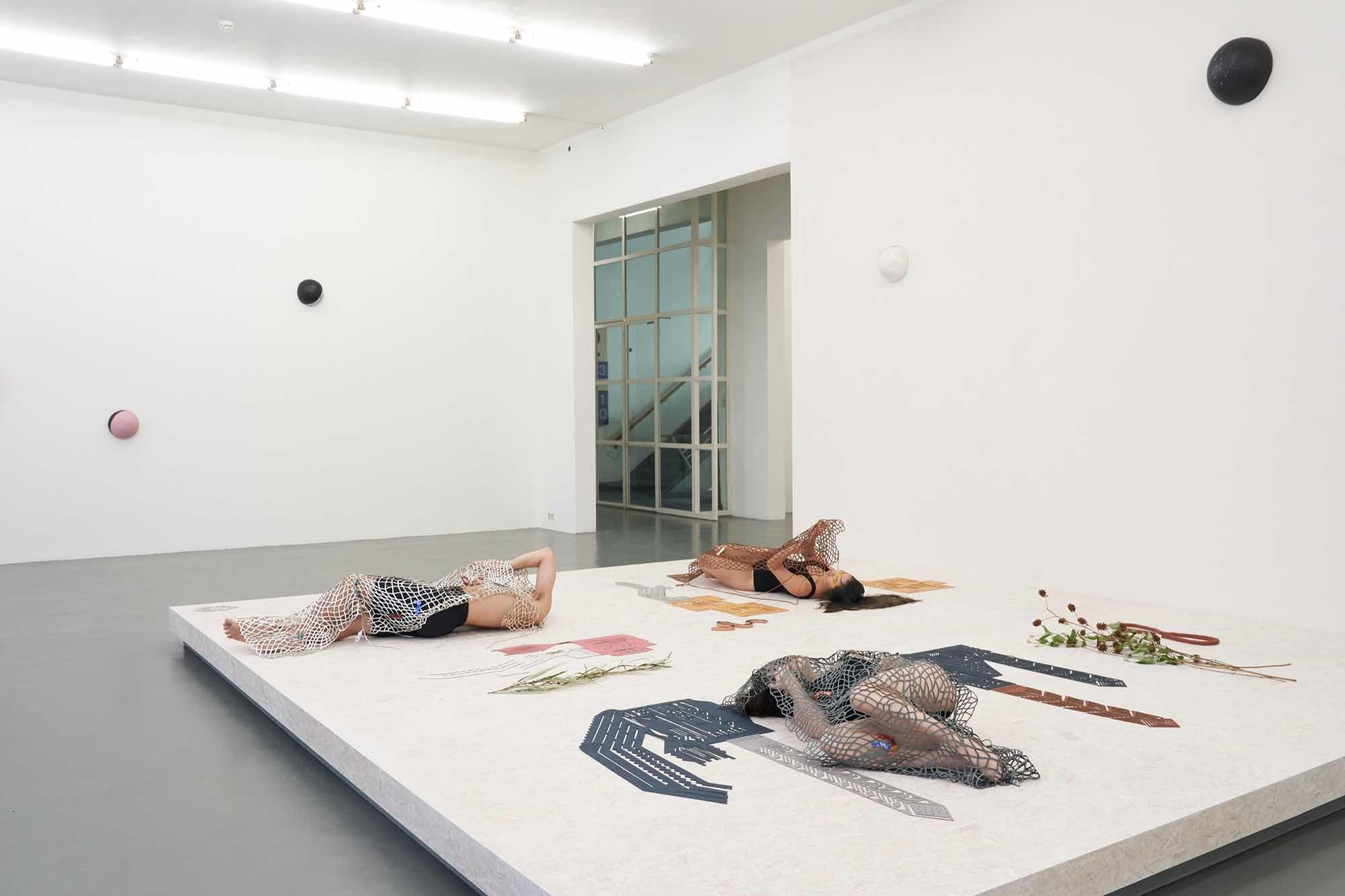
Jennifer Tee, Still Shifting, Mother Field, performance conceived together with Miri Lee, dancers: Karlijn Hu Chuan Roest, Marilou Fortuné, Edward Lloyd, Kalin Morrow, Ivan Montis, Kya Su, and Alex Wreiman, at Kunstinstituut Melly, photo: Ernst van Deursen
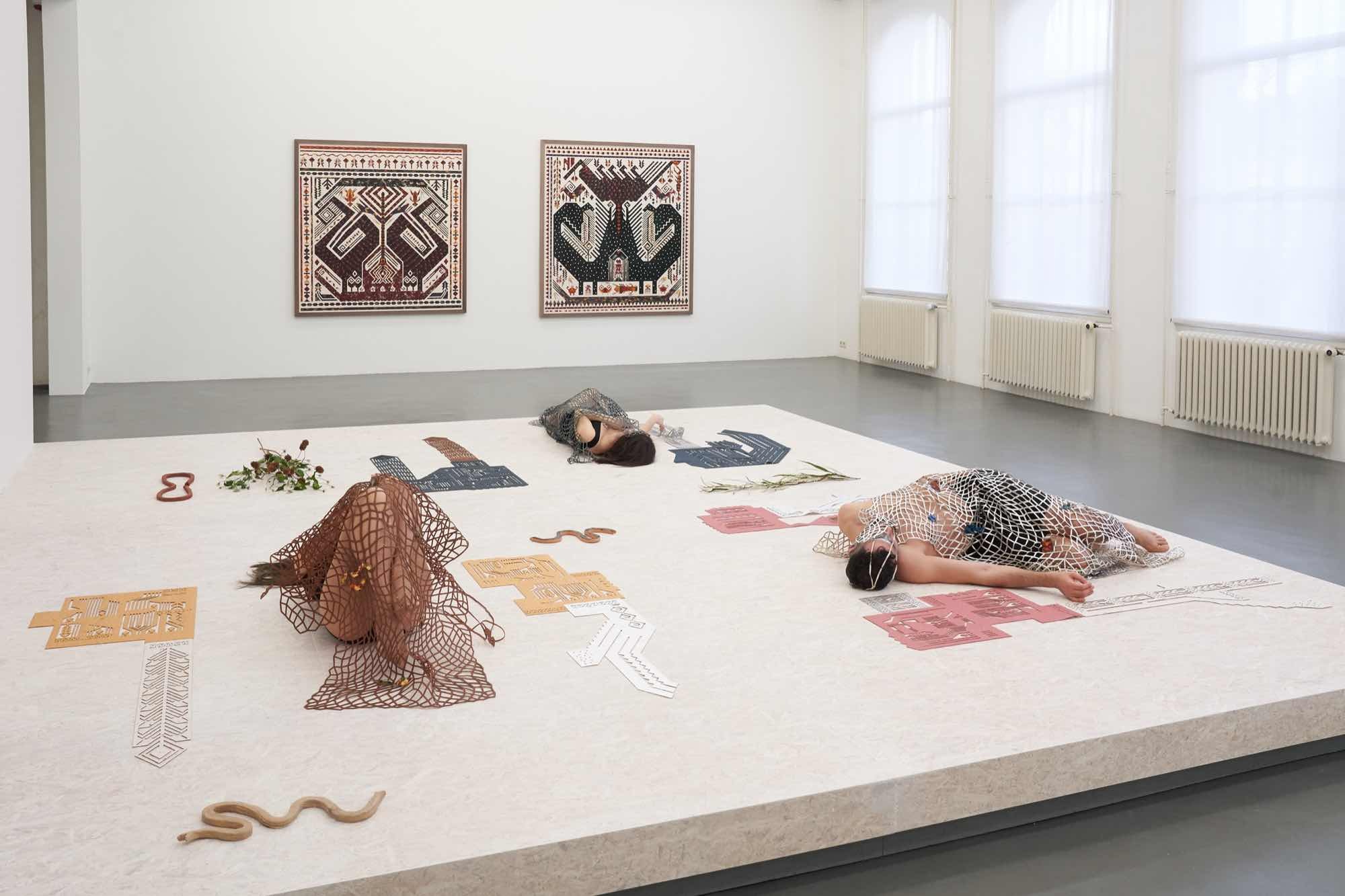
Jennifer Tee, Still Shifting, Mother Field, performance conceived together with Miri Lee, dancers: Karlijn Hu Chuan Roest, Marilou Fortuné, Edward Lloyd, Kalin Morrow, Ivan Montis, Kya Su, and Alex Wreiman, at Kunstinstituut Melly, photo: Ernst van Deursen
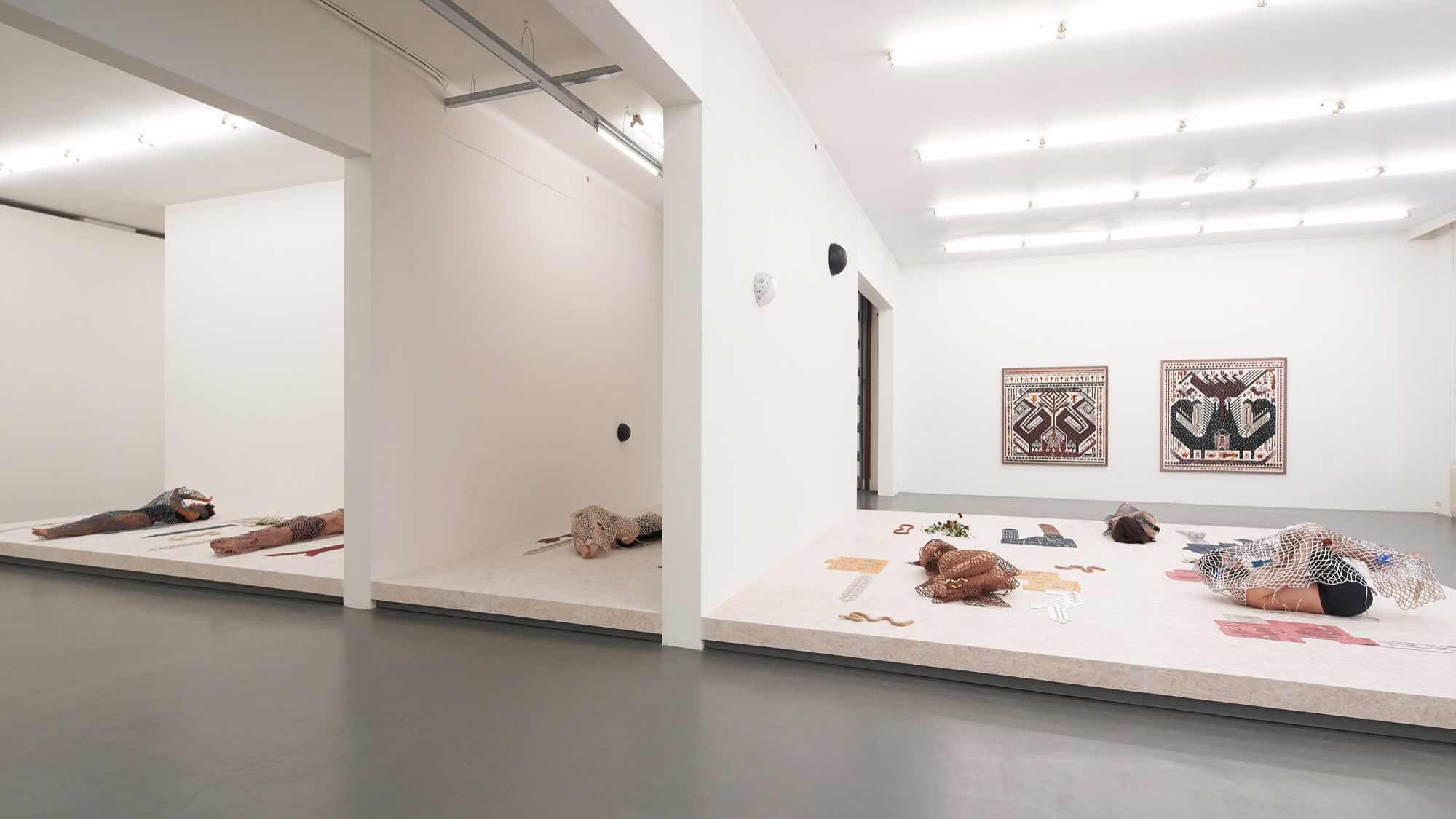
Jennifer Tee, Still Shifting, Mother Field, performance conceived together with Miri Lee, dancers: Karlijn Hu Chuan Roest, Marilou Fortuné, Edward Lloyd, Kalin Morrow, Ivan Montis, Kya Su, and Alex Wreiman, at Kunstinstituut Melly, photo: Ernst van Deursen
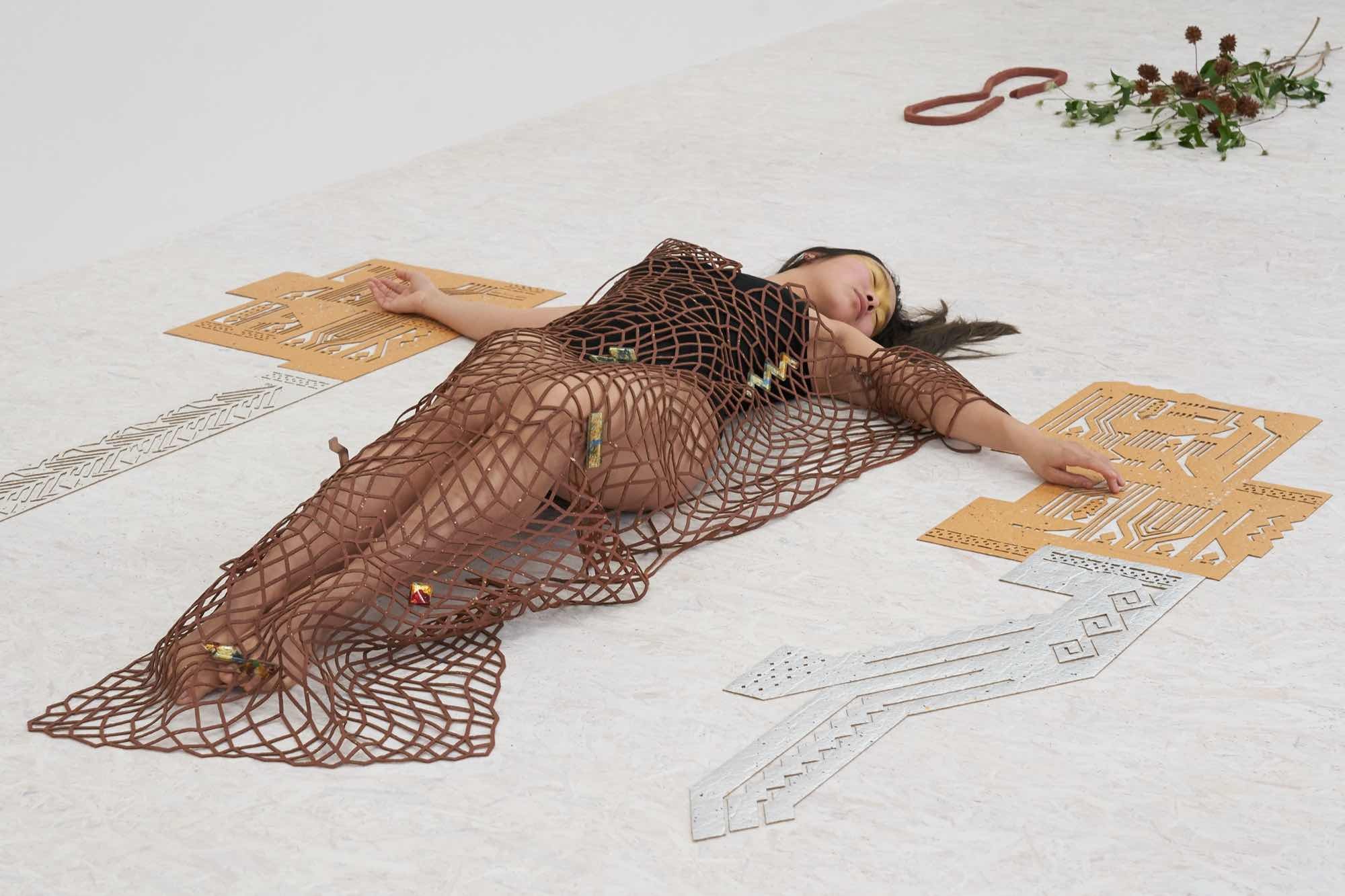
Jennifer Tee, Still Shifting, Mother Field, performance conceived together with Miri Lee, dancers: Karlijn Hu Chuan Roest, Marilou Fortuné, Edward Lloyd, Kalin Morrow, Ivan Montis, Kya Su, and Alex Wreiman, at Kunstinstituut Melly, photo: Ernst van Deursen
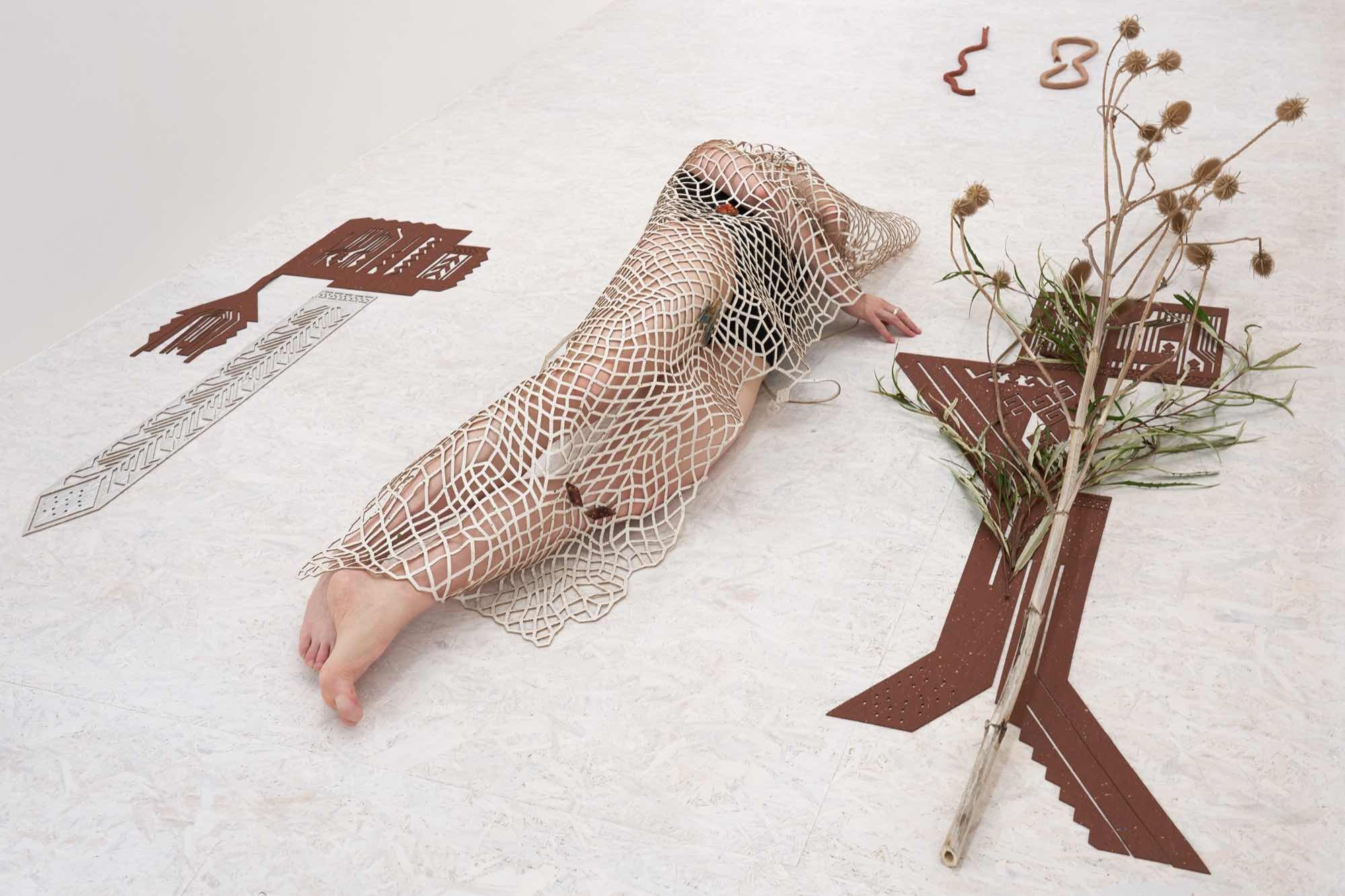
Jennifer Tee, Still Shifting, Mother Field, performance conceived together with Miri Lee, dancers: Karlijn Hu Chuan Roest, Marilou Fortuné, Edward Lloyd, Kalin Morrow, Ivan Montis, Kya Su, and Alex Wreiman, at Kunstinstituut Melly, photo: Ernst van Deursen
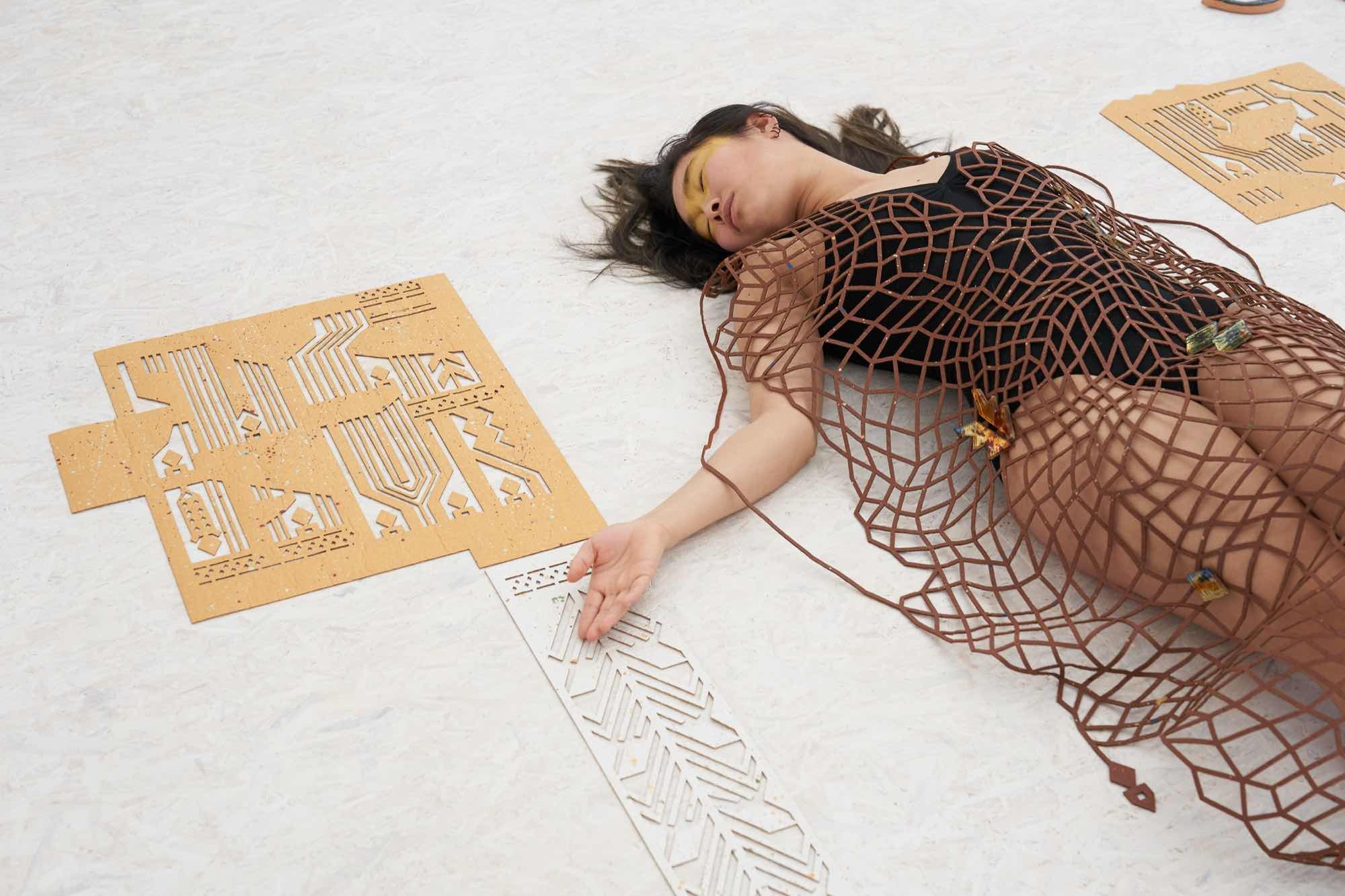
Jennifer Tee, Still Shifting, Mother Field, performance conceived together with Miri Lee, dancers: Karlijn Hu Chuan Roest, Marilou Fortuné, Edward Lloyd, Kalin Morrow, Ivan Montis, Kya Su, and Alex Wreiman, at Kunstinstituut Melly, photo: Ernst van Deursen
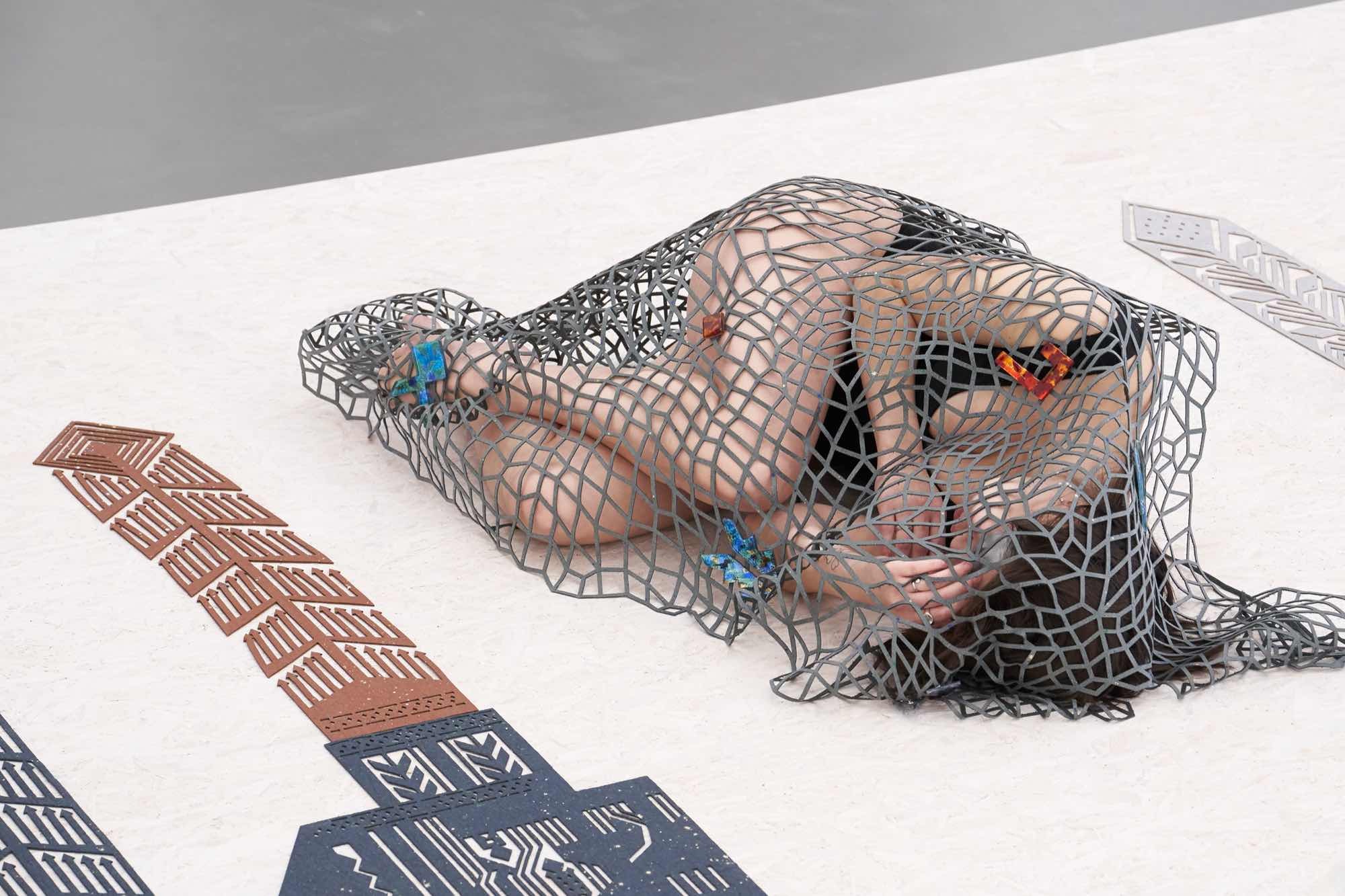
Jennifer Tee, Still Shifting, Mother Field, performance conceived together with Miri Lee, dancers: Karlijn Hu Chuan Roest, Marilou Fortuné, Edward Lloyd, Kalin Morrow, Ivan Montis, Kya Su, and Alex Wreiman, at Kunstinstituut Melly, photo: Ernst van Deursen
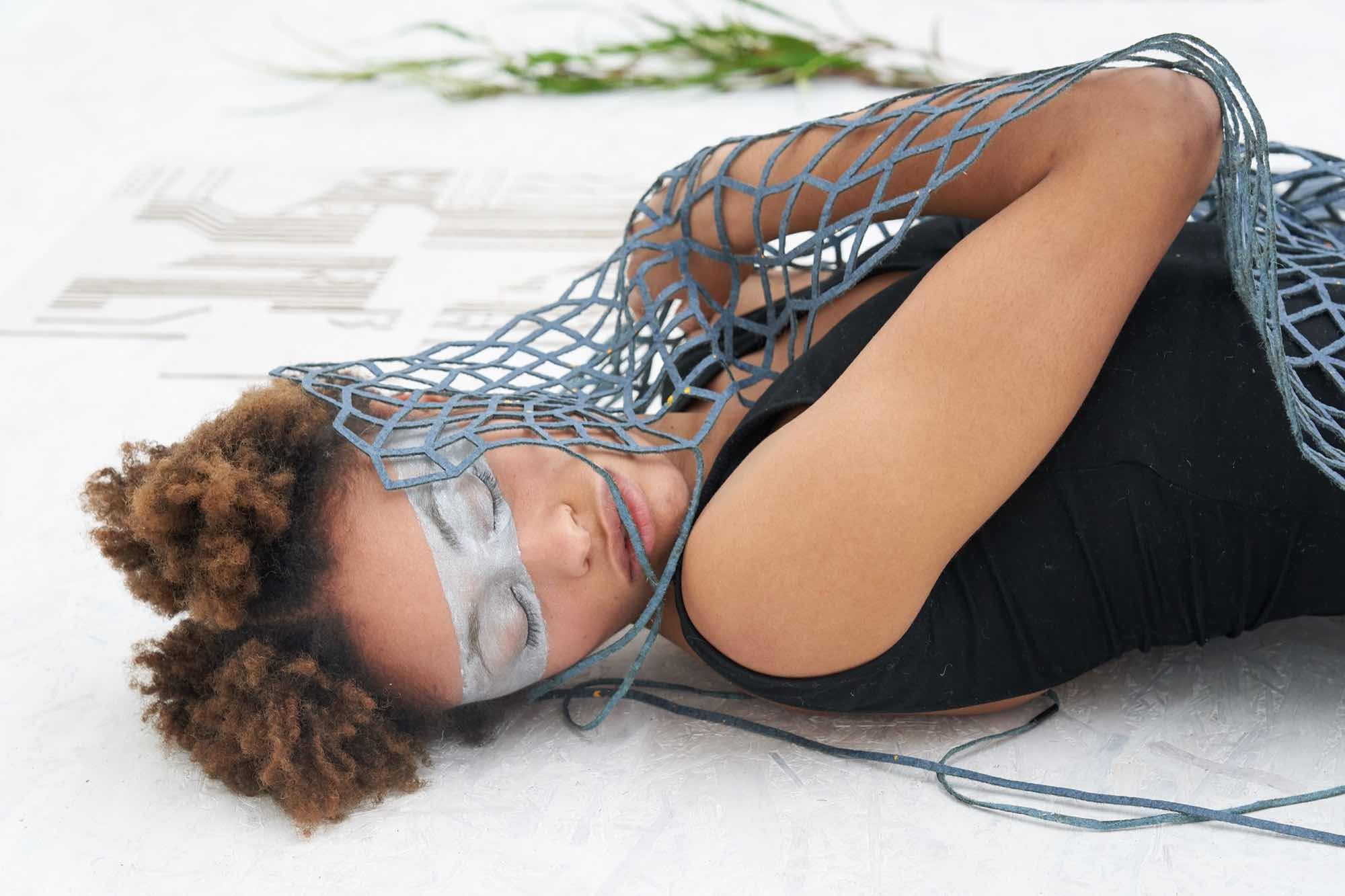
Jennifer Tee, Still Shifting, Mother Field, performance conceived together with Miri Lee, dancers: Karlijn Hu Chuan Roest, Marilou Fortuné, Edward Lloyd, Kalin Morrow, Ivan Montis, Kya Su, and Alex Wreiman, at Kunstinstituut Melly, photo: Ernst van Deursen
The exhibition Still Shifting, Mother Field, by artist Jennifer Tee includes newly commissioned ceramic sculptures, textile installations, performances, and collages. Tee was born in Arnhem, the Netherlands in 1973. She lives and works in Amsterdam.
As part of the solo-exhibition Still Shifting, Mother Field at Kunstinstituut Melly, Dutch artist Jennifer Tee is staging a performance developed with Korean improvisation choreographer and dancer Miri Lee. Performances will take place at scheduled Fridays and Sundays throughout the exhibition period.
In Jennifer Tee’s work her interest in the in-between state of what she calls “the soul in limbo” is of central importance. The soul in limbo is restless and alive and caught in an unnamed place–a conceptual, mental, psychological, and physical space–on the border between the present and the possible. Tee also researches contemporary life, with its cross-cultural identity and narratives, its instability and complexity, and its potential for the loss of identity, language, and kinship with original cultures. In addition, Tee explores various forms of ideological concepts of life and their potential for creating a new and more beautiful and soulful world. With her work, she encourages the contemplation of life’s fragile connections, evoking spiritual realms with active material experimentation.
A central element of Jennifer Tee’s exhibition at Kunstinstituut Melly is her Tampan Tulip series. It’s a series of collages made from pressed tulip petals, with motifs taken from Tampan weavings. These textiles can be found in the Lampung region of southern Sumatra, a part of a crucial trade route for hundreds of years. The area has long been a crossroads of cultures and artistic traditions. The square-shaped woven Tampans were exchanged during important rites of passage. The motifs often include a ship with human souls, animals, and plant-like forms in motion to the afterlife: references that explore diasporic narratives, migration, and the tree of life in relation to genealogy and ancestry.
As part of the solo-exhibition Still Shifting, Mother Field at Kunstinstituut Melly, Dutch artist Jennifer Tee is staging a performance developed with Korean improvisation choreographer and dancer Miri Lee. Performances will take place at scheduled Fridays and Sundays throughout the exhibition period.
In Jennifer Tee’s work her interest in the in-between state of what she calls “the soul in limbo” is of central importance. The soul in limbo is restless and alive and caught in an unnamed place–a conceptual, mental, psychological, and physical space–on the border between the present and the possible. Tee also researches contemporary life, with its cross-cultural identity and narratives, its instability and complexity, and its potential for the loss of identity, language, and kinship with original cultures. In addition, Tee explores various forms of ideological concepts of life and their potential for creating a new and more beautiful and soulful world. With her work, she encourages the contemplation of life’s fragile connections, evoking spiritual realms with active material experimentation.
A central element of Jennifer Tee’s exhibition at Kunstinstituut Melly is her Tampan Tulip series. It’s a series of collages made from pressed tulip petals, with motifs taken from Tampan weavings. These textiles can be found in the Lampung region of southern Sumatra, a part of a crucial trade route for hundreds of years. The area has long been a crossroads of cultures and artistic traditions. The square-shaped woven Tampans were exchanged during important rites of passage. The motifs often include a ship with human souls, animals, and plant-like forms in motion to the afterlife: references that explore diasporic narratives, migration, and the tree of life in relation to genealogy and ancestry.

